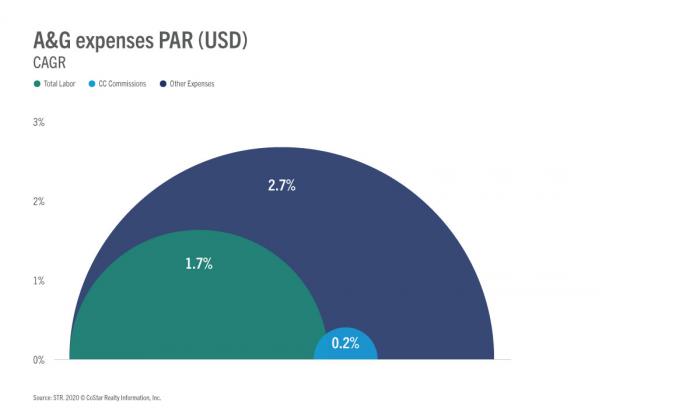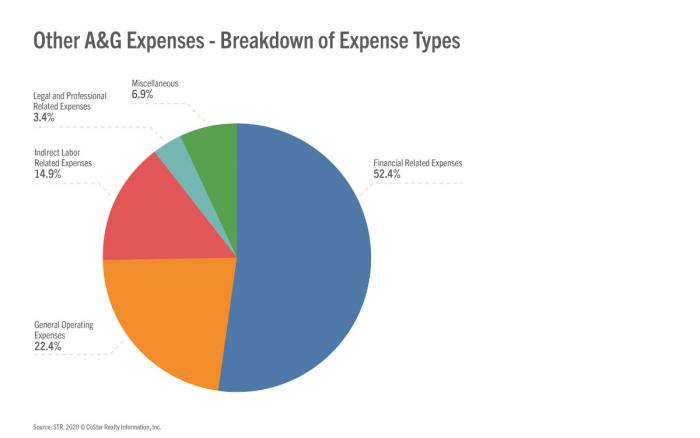Hospitality industry revenues, expense dynamics and profitability levels have always been greatly dependent on the global socioeconomic environment. Over the last few years, that environment was affected by events such as Brexit, trade wars, record supply levels, and social unrest. Now in 2020, the landscape has been altered in a way no one thought possible due to the global effects of the coronavirus pandemic.
Hoteliers now face unprecedented challenges in driving profits. Since the pandemic started, the U.S. has seen total revenue per available room (TRevPAR) decline 57.6% and gross operating profit per available room (GOPPAR) fall 78.8% compared to the same time last year. The steeper decline in GOPPAR comes from expenses remaining high even with declining demand. A main reason behind those high expenses has been undistributed operating expenses, which have grown at an annual rate of 1.3% on a per available room (PAR) basis over the last 12 years. During that same 12-year period, room revenue, total revenues, and GOP have grown at a rate less than 1.0%.
Among the undistributed operating expense departments, Administrative & General (A&G) has produced the highest costs PAR and the largest increases overall. This has been a trend consistent across the globe with worldwide A&G costs rising 3.8% in 2019. The region that experienced the largest A&G expense PAR in 2019 was the Americas, which had realized 5.3% growth on a 0.4% revenue increase. Our focus for this article is the reason behind this recent rise in A&G costs as well as how hoteliers can use data to find new forms of cost control.


